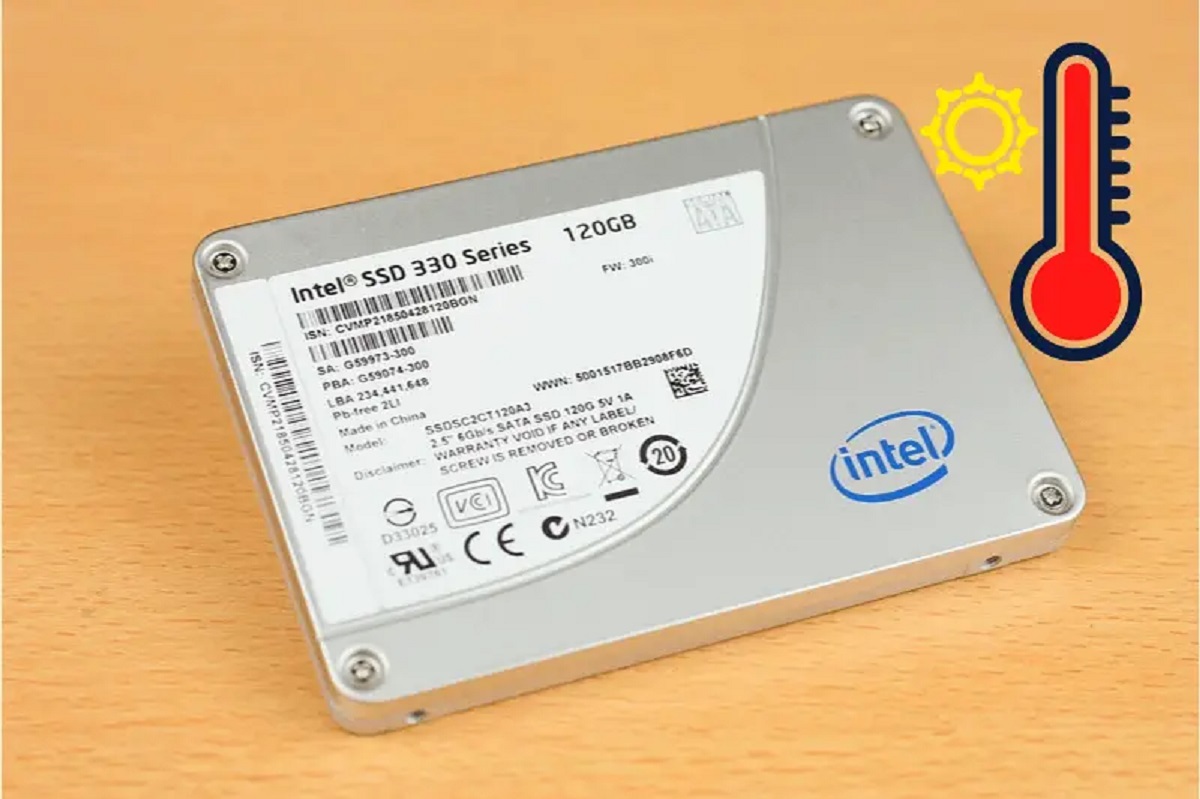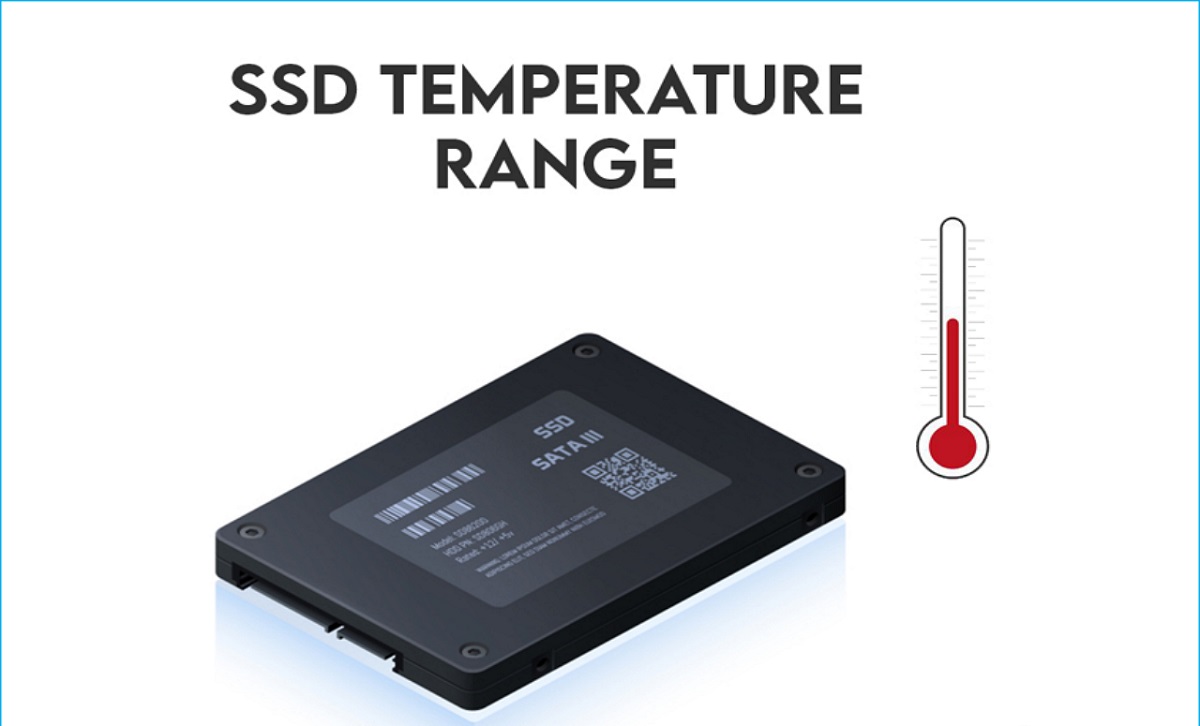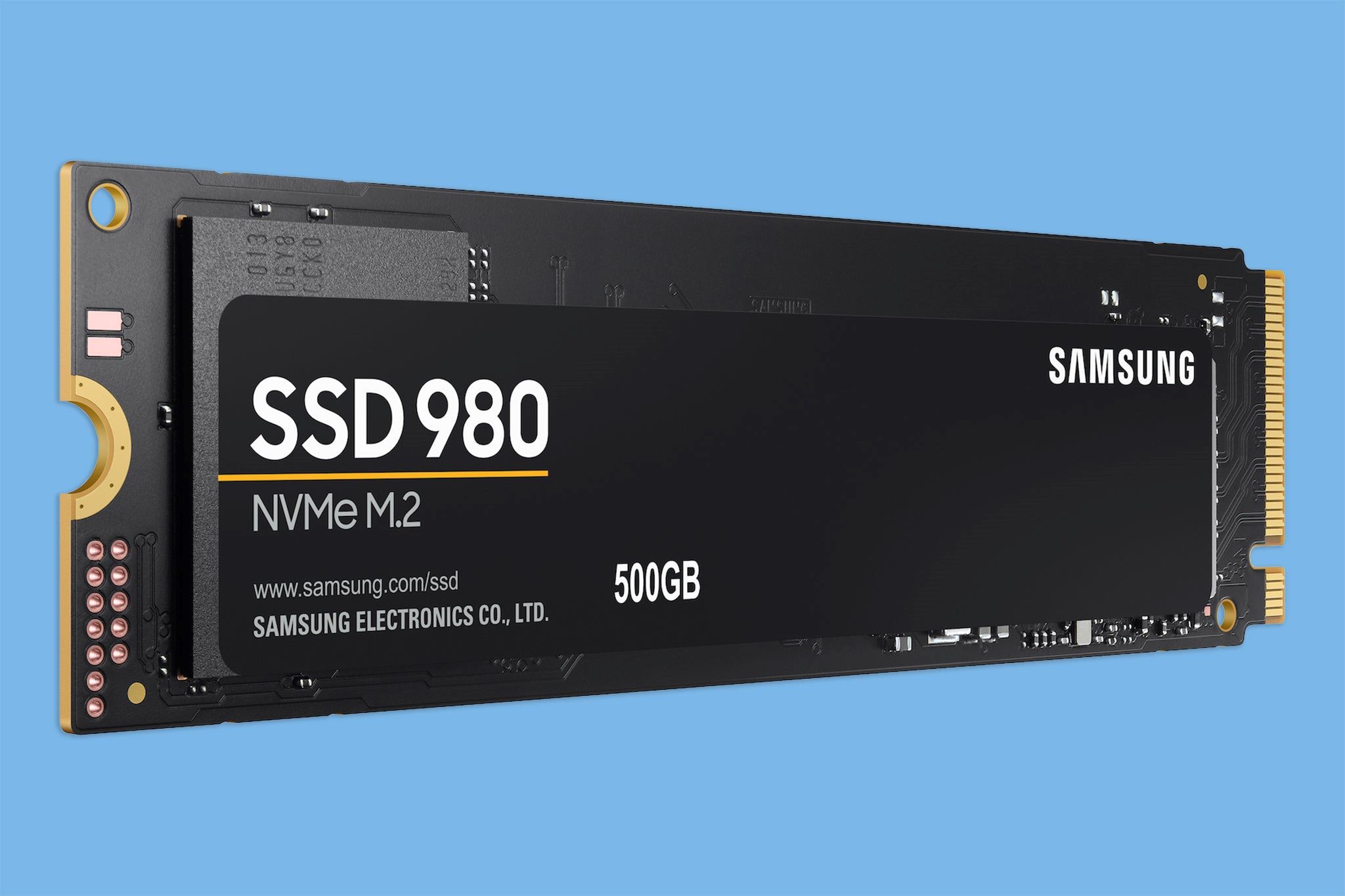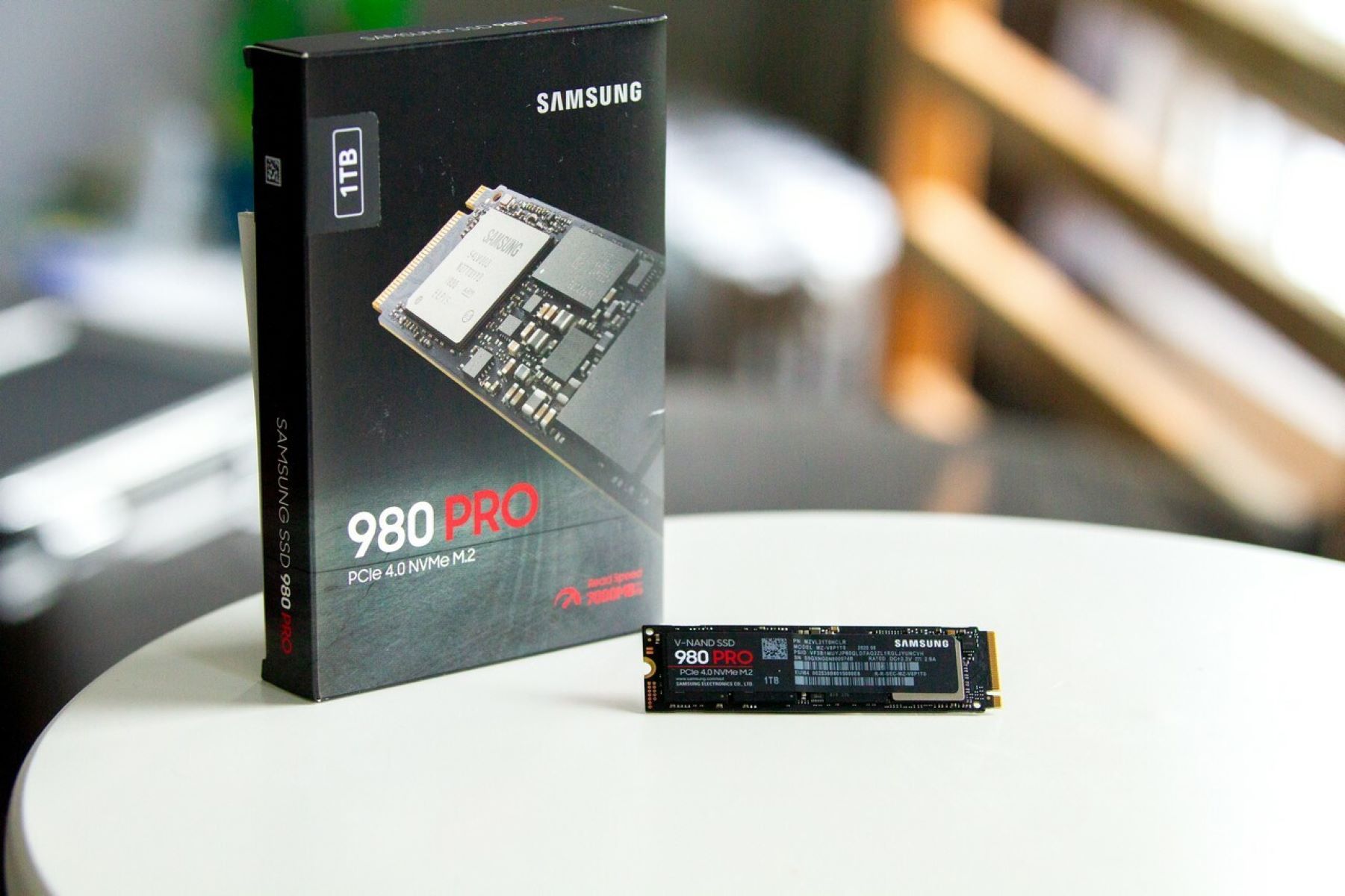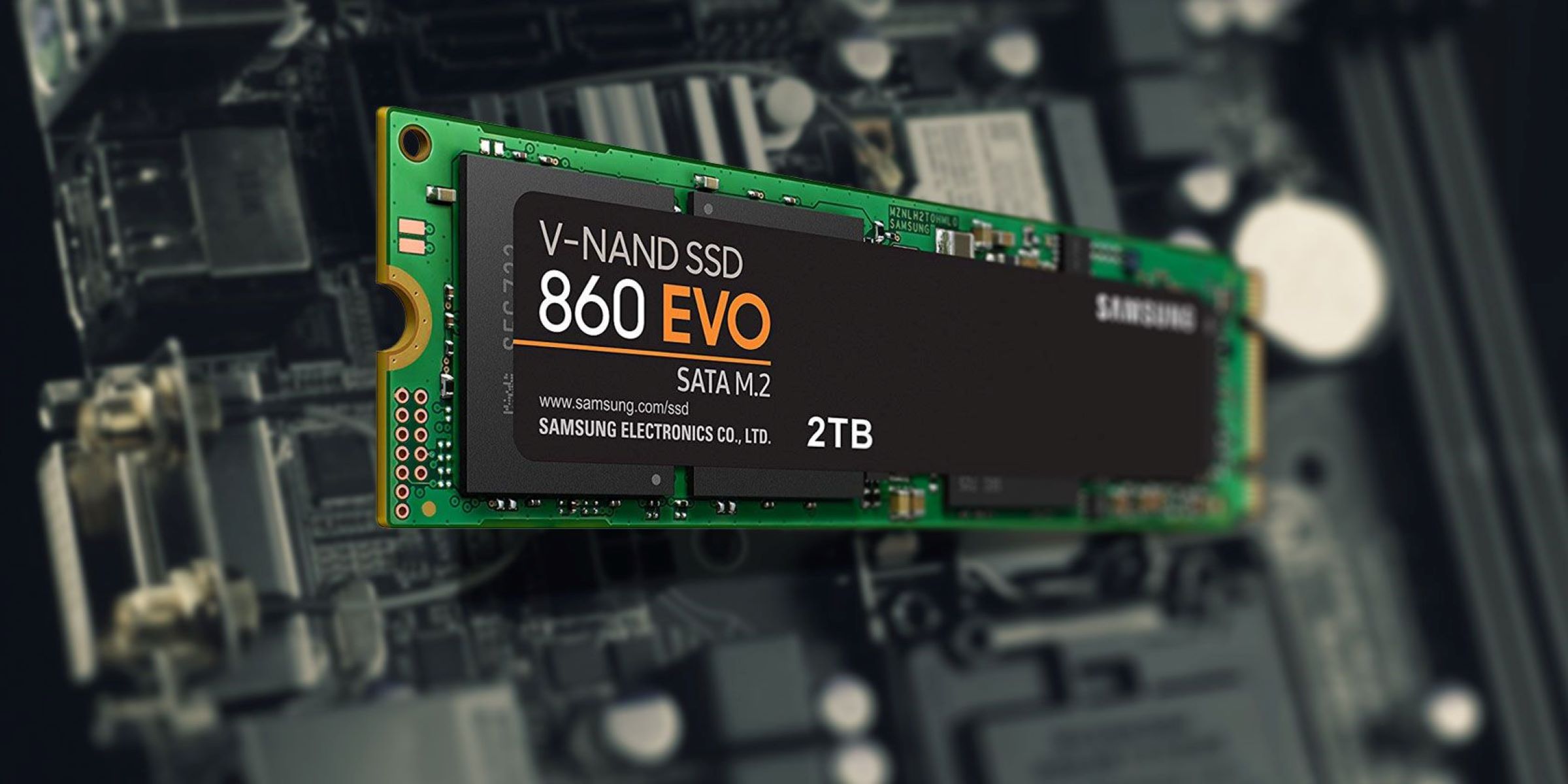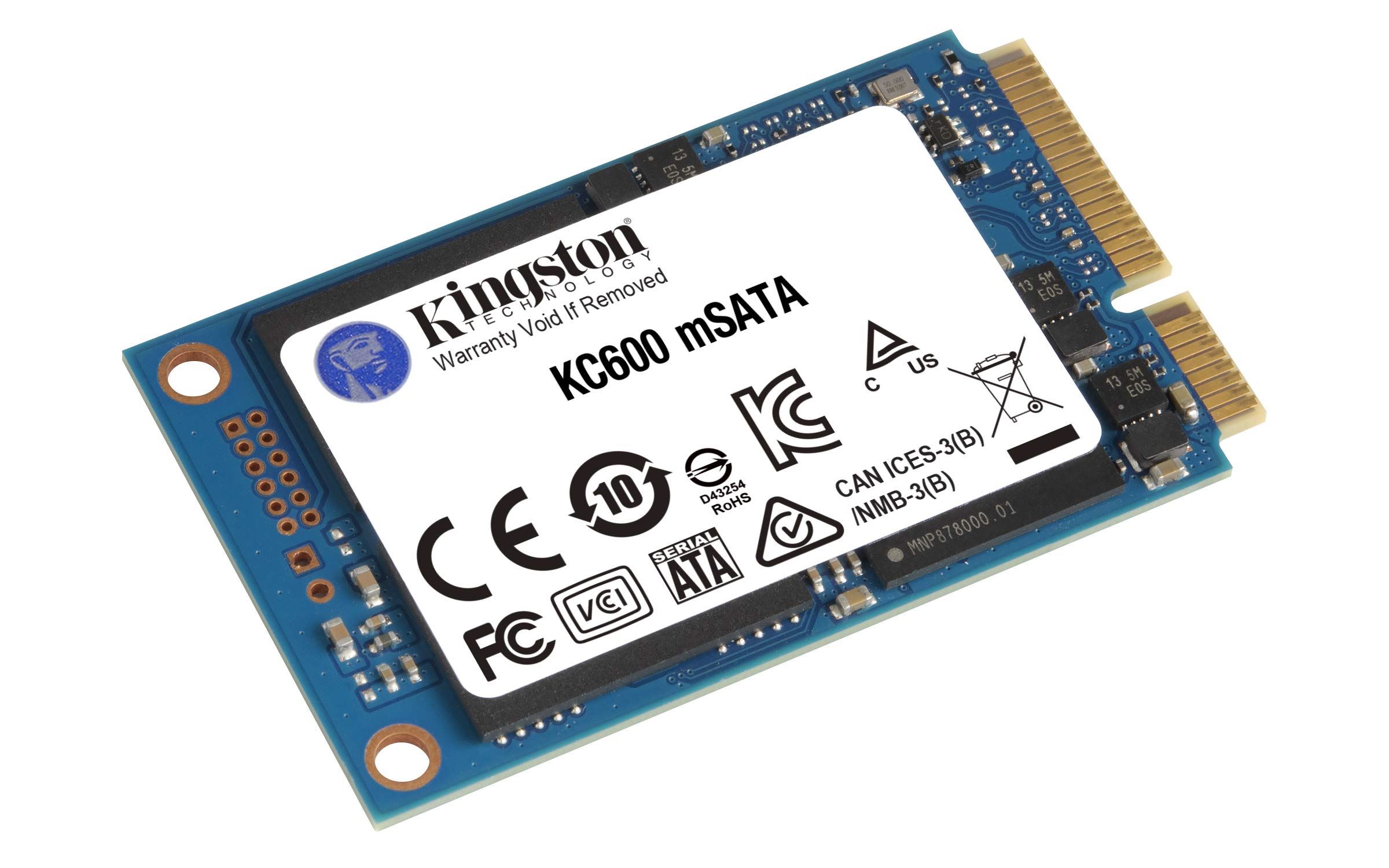Introduction
“How hot can an SSD get?” is a common question among tech enthusiasts and users who rely on solid-state drives (SSDs) for their storage needs. As computer technology continues to advance, SSDs have gained popularity due to their faster performance, improved reliability, and efficient power consumption compared to traditional hard disk drives (HDDs).
Before delving into the topic, let’s first understand what an SSD is. A solid-state drive is a storage device that uses flash memory to store data. It functions similarly to a USB drive or memory card but on a larger scale, providing a faster and more reliable storage solution for computers and other devices.
Temperature plays a crucial role in the performance and longevity of any electronic device, including SSDs. The ideal working temperature range for SSDs is typically lower than that of CPUs or other components within a computer system.
In this article, we will explore the factors that can affect the temperature of an SSD and discuss potential risks associated with overheating. We will also provide some practical tips on how to keep your SSD cool, ensuring optimal performance and extending its lifespan.
What is an SSD?
An SSD, short for Solid-State Drive, is a type of storage device that has become increasingly popular in recent years. Unlike traditional hard disk drives (HDDs), which use spinning platters and mechanical read/write heads to access data, SSDs utilize flash memory technology. This technology allows for faster data transfer rates, improved durability, and lower power consumption.
At its core, an SSD consists of flash memory chips, a controller, and firmware. Flash memory is a type of non-volatile memory that retains data even when the power is turned off, making it an ideal choice for long-term data storage. The controller acts as the brain of the SSD, managing data transfers, error correction, and wear leveling to ensure optimal performance and longevity.
The solid-state nature of SSDs, which means there are no moving parts like in traditional HDDs, provides several advantages. First and foremost, SSDs offer significantly faster read and write speeds, allowing for quicker boot times, file transfers, and application launches. This is especially noticeable when compared to older mechanical hard drives, which can be a significant bottleneck in terms of overall system performance.
Furthermore, the absence of moving parts also contributes to the durability of SSDs. Since there are no spinning platters or read/write heads that can be damaged by accidental drops or vibrations, SSDs are more resistant to physical shocks and less prone to data loss. This makes them an excellent choice for laptops, portable devices, and other environments where data integrity and reliability are crucial.
In terms of form factors, SSDs come in various sizes and formats to suit different devices and usage scenarios. They can be found in the familiar 2.5-inch form factor commonly used in laptops and desktops, as well as smaller M.2 cards often used in ultrabooks and compact devices. Additionally, there are also specialized SSDs designed for enterprise servers and data centers, offering even higher performance and capacity.
Overall, the advent of SSDs has revolutionized the way we store and access data. With their faster speeds, improved durability, and lower power consumption, SSDs have become the go-to storage solution for both personal and professional use. As technology continues to advance, it’s safe to say that SSDs will play an increasingly important role in shaping the future of computing.
The Importance of Temperature in SSDs
Temperature is a critical factor to consider when it comes to the performance, reliability, and lifespan of solid-state drives (SSDs). While SSD technology has many advantages over traditional hard disk drives (HDDs), they can be more sensitive to temperature variations.
One of the main reasons temperature is important for SSDs is that it directly affects their performance. SSDs operate optimally within a specific temperature range. If the temperature exceeds this range, it can result in decreased performance and potential issues with data access. On the other hand, if the temperature is too low, the SSD may experience slower response times and reduced efficiency.
Another reason temperature is crucial for SSDs is its impact on their lifespan. Prolonged exposure to high temperatures can accelerate the wear and tear of SSD components, ultimately reducing their overall lifespan. The excessive heat can degrade the performance of NAND flash memory cells, leading to potential data corruption or loss. Additionally, high temperatures can also cause thermal throttling, which is a protective mechanism whereby the SSD reduces its performance to prevent overheating.
It’s important to note that SSDs generate heat during normal operation. This heat is a natural byproduct of the electronic components and the transfer of electricity within the drive. While SSDs are generally designed to handle these heat levels, it’s crucial to prevent them from reaching excessive temperatures that can degrade performance or cause long-term damage.
Furthermore, temperature can also affect the efficiency and power consumption of SSDs. High temperatures can increase the energy consumption of the drive, leading to higher electricity costs and potentially reducing the battery life of devices in which the SSD is installed. By managing the temperature within the recommended range, users can optimize power efficiency and reduce unnecessary energy usage.
Overall, maintaining an optimal temperature for SSDs is key to ensuring their performance, reliability, and longevity. By keeping temperatures within the recommended range, users can minimize the risk of data loss, prevent thermal throttling, optimize power efficiency, and extend the lifespan of their SSDs.
How Hot Can an SSD Get?
The temperature at which an SSD can operate safely varies depending on the specific model and manufacturer. However, most SSDs are designed to function within a temperature range of 0 to 70 degrees Celsius (32 to 158 degrees Fahrenheit).
Under normal operating conditions, SSDs can reach temperatures of around 40 to 50 degrees Celsius (104 to 122 degrees Fahrenheit). This temperature range is considered acceptable and should not pose any significant risk to the drive’s performance or lifespan.
It’s important to note that the external temperature of an SSD doesn’t always reflect its internal temperature accurately. SSDs may feel cool to the touch even when they are operating at higher internal temperatures. This is because they are designed to dissipate heat efficiently through their metal case or heat spreaders.
However, it’s crucial to avoid exposing SSDs to extremely high temperatures for extended periods. Prolonged exposure to temperatures above the recommended operating range can lead to accelerated wear of the SSD’s components, performance degradation, and even complete drive failure.
On the other hand, extremely low temperatures can also impact SSD performance. Below-freezing temperatures can cause the NAND flash memory cells to become less responsive, resulting in slower read and write speeds. However, modern SSDs are typically rated to function in temperatures as low as -40 degrees Celsius (-40 degrees Fahrenheit), ensuring their usability in cold environments.
Although SSDs can tolerate a certain range of temperatures, it’s crucial to monitor and maintain these temperatures to ensure optimal performance and longevity. Keeping the SSD within the recommended operating range will help preserve its reliability, prevent data loss or corruption, and extend its overall lifespan.
Monitoring the temperature of your SSD is essential, particularly during heavy workloads or extended usage sessions. By using monitoring software or built-in utilities provided by the SSD manufacturer, you can keep track of the drive’s temperature and take necessary precautions if it approaches or exceeds the recommended limits.
Overall, while SSDs are designed to handle a wide range of temperatures, it’s vital to stay within the specified operating limits to maximize their performance, reliability, and lifespan.
Factors that Affect SSD Temperature
Several factors can influence the temperature of a solid-state drive (SSD). Understanding these factors can help users identify potential causes of increased temperature and implement measures to mitigate any adverse effects.
1. Workload: The workload or task being performed by the SSD can significantly impact its temperature. Intensive tasks such as large file transfers, video rendering, or running resource-intensive applications can generate more heat than lighter tasks. It’s important to be aware of the workload on your system and monitor the SSD’s temperature accordingly.
2. Airflow and Cooling: The availability of proper airflow and cooling within the device or computer system can play a crucial role in maintaining the SSD’s temperature. Inadequate airflow, such as a tightly packed computer case or clogged air vents, can restrict the dissipation of heat, leading to increased temperatures. Ensuring proper ventilation and utilizing cooling solutions such as fans or heat sinks can help keep the SSD cool.
3. Ambient Temperature: The ambient temperature or the temperature of the surrounding environment can impact the SSD’s temperature. If the room or location where the SSD is installed has high ambient temperatures, it can contribute to higher SSD temperatures. Keeping the environment within the recommended temperature range can help mitigate this effect.
4. Overclocking: Overclocking involves increasing the clock speed or voltage of a component, including the SSD, beyond its specified limits to achieve higher performance. However, overclocking can result in increased heat generation. If you overclock your SSD or any other component in your system, it’s important to monitor the temperatures carefully and ensure that adequate cooling is in place to prevent overheating issues.
5. Drive Design and Quality: The design and quality of the SSD itself can impact its temperature. SSDs with better thermal designs, such as heatspreaders or heat sinks, tend to dissipate heat more efficiently, leading to lower temperatures. Additionally, SSDs from reputable manufacturers often undergo rigorous testing and adhere to strict quality control standards, resulting in better temperature management.
6. System Utilization: The overall system utilization, including CPU and GPU usage, can indirectly influence the SSD temperature. Higher system utilization often translates to increased heat generation across all components, including the SSD. Monitoring the system’s overall temperature and ensuring proper cooling for all components can help maintain the SSD temperature within the acceptable range.
By taking these factors into consideration and implementing appropriate measures, such as optimizing the workload, improving airflow, maintaining a suitable ambient temperature, and selecting high-quality SSDs with efficient thermal designs, users can effectively manage and control the temperature of their SSDs, providing them with optimal performance and extending their lifespan.
Monitoring SSD Temperature
Monitoring the temperature of your solid-state drive (SSD) is crucial to ensure it operates within the recommended temperature range. Thankfully, there are several methods and tools available to help you keep track of your SSD’s temperature and take necessary actions if it approaches unsafe levels.
1. SSD Monitoring Software: Many SSD manufacturers provide dedicated monitoring software that allows you to keep an eye on your drive’s temperature. These software applications often offer real-time temperature readings, along with other useful metrics such as drive health, performance, and firmware updates. It’s advisable to check the manufacturer’s website and download the official monitoring software specific to your SSD model.
2. System Monitoring Utilities: In addition to SSD-specific software, various system monitoring utilities can provide valuable temperature information for all components, including the SSD. These utilities, such as HWMonitor, SpeedFan, or Open Hardware Monitor, monitor various parameters, including temperature sensors, across your entire system. They can provide a comprehensive overview of the SSD’s temperature alongside other critical system information.
3. BIOS/UEFI Setup: Another way to monitor SSD temperature is through the BIOS or UEFI setup menu. Most modern motherboards provide basic hardware monitoring options in the BIOS/UEFI settings. By accessing these settings, you can often find temperature readings for different components, including your SSD. While this method may not offer the same level of detail as dedicated monitoring software, it can still provide a useful indication of your SSD’s temperature.
4. Third-Party Monitoring Apps: Besides manufacturer-provided software and system monitoring utilities, there are third-party applications available for monitoring SSD temperature. These apps often offer additional features and customization options. Examples include CrystalDiskInfo, SSD Health, and Argus Monitor. These tools can provide detailed information about your SSD’s temperature and send alerts if it exceeds a specified threshold.
When monitoring your SSD’s temperature, it’s important to take note of the readings under different conditions, such as during idle, light usage, and heavy workload. This will help you establish a baseline temperature range and identify any abnormal temperature spikes or fluctuations that may indicate potential issues.
If you notice that your SSD consistently operates at high temperatures or experiences sudden temperature increases, there are several actions you can take to mitigate the situation. Improving the airflow in your system, ensuring proper ventilation, and using cooling solutions like fans or heat sinks can help dissipate heat effectively. Avoid placing your system in tight spaces or congested areas that impede proper airflow.
By regularly monitoring your SSD’s temperature and taking preventive measures to keep it within the recommended range, you can ensure optimal performance, prolong its lifespan, and minimize the risk of data loss or component failure.
Risks of Overheating SSDs
Overheating solid-state drives (SSDs) can pose several risks to their performance, reliability, and overall lifespan. It’s crucial to understand these risks and take appropriate measures to prevent excessive heat buildup in order to maintain the longevity and optimal functioning of your SSD.
1. Performance Degradation: When an SSD operates at high temperatures, it can experience performance degradation. The increased heat can affect the speed and responsiveness of the SSD, leading to slower read and write speeds, longer access times, and reduced overall system performance. This can be particularly noticeable during resource-intensive tasks such as file transfers, software installations, or running demanding applications.
2. Data Corruption and Loss: Overheating can potentially result in data corruption or loss. High temperatures can degrade the integrity of the NAND flash memory cells within the SSD, leading to potential errors when reading or writing data. In extreme cases, overheating can cause permanent damage to the stored data, rendering it inaccessible. This emphasizes the importance of maintaining the SSD within the recommended temperature range to avoid the risk of data loss.
3. Reduced Lifespan: Excessive heat can significantly shorten the lifespan of an SSD. Continuous exposure to high temperatures can accelerate the wear and tear of the NAND flash memory cells, which eventually leads to decreased storage capacity and increased chances of drive failure. SSDs are designed to be durable, but prolonged exposure to high temperatures can significantly reduce their overall lifespan, undermining their efficiency and performance in the long run.
4. Thermal Throttling: When an SSD reaches a certain temperature threshold, it may activate a thermal throttling mechanism. Thermal throttling is a protective measure implemented by the SSD to reduce its performance and prevent further heat buildup. While this mechanism helps prevent critical damage to the drive, it also results in decreased performance during periods of high temperature, negatively affecting overall system performance.
5. Component Failure: In extreme cases of overheating, an SSD can undergo permanent damage, leading to a complete drive failure. Critical components within the SSD, such as the controller or NAND flash memory, can be severely affected by excessive heat. This can result in irreversible damage that renders the drive inoperable, requiring data recovery services or complete replacement.
Preventing these risks requires maintaining the SSD within the recommended temperature range. This can be achieved by ensuring adequate airflow and ventilation within the system, using cooling solutions like fans or heat sinks, and avoiding exposing the SSD to prolonged exposure to high ambient temperatures.
Regularly monitoring the temperature of your SSD and taking preventive measures can help mitigate the risks of overheating. By doing so, you can preserve the performance, reliability, and longevity of your SSD, ensuring efficient and uninterrupted storage for your valuable data.
How to Keep Your SSD Cool
Maintaining optimal temperatures for your solid-state drive (SSD) is essential for preserving its performance, longevity, and overall reliability. Here are some effective strategies to help keep your SSD cool:
1. Ensure Adequate Airflow: Proper airflow is crucial for dissipating heat effectively from your SSD. Make sure your computer case or device has sufficient ventilation and space for cool air to enter and hot air to exit. Avoid obstructing air vents or tightly packing components together, as this can impede the circulation of air and lead to increased temperatures.
2. Use Cooling Solutions: Implementing additional cooling solutions can help keep your SSD cool. Consider installing case fans, particularly ones that are strategically positioned near the SSD and other heat-generating components. Heat sinks or cooling pads can also be effective in absorbing and dispersing heat away from the SSD. Ensure these cooling solutions are compatible with your SSD and follow manufacturer guidelines for installation.
3. Avoid Overclocking: Overclocking your SSD or other components in your system can result in increased heat generation. If your SSD is already experiencing high temperatures, avoid overclocking or revert to default settings. Overclocking can lead to higher power consumption and heat output, potentially pushing your SSD beyond its safe temperature limits.
4. Maintain a Suitable Ambient Temperature: Keep your computer or device in an environment with a suitable ambient temperature. Avoid exposing your system to direct sunlight or placing it in rooms with high temperatures. Ideally, the ambient temperature should be within the range recommended by the SSD manufacturer to prevent unnecessary heat stress on the drive.
5. Optimize System and SSD Placement: Properly organizing and placing your system components can contribute to better temperature management. Ensure that cables are neatly organized and do not obstruct airflow around the SSD. If possible, consider placing the SSD in a spot with better airflow, away from heat-generating components such as the CPU or graphics card.
6. Monitor SSD Temperature: Regularly monitor the temperature of your SSD using built-in monitoring tools, manufacturer-provided software, or third-party applications. This will enable you to stay informed about the temperature levels and promptly take action if it starts to approach unsafe ranges. Set up alerts to notify you if the temperature exceeds a certain threshold.
7. Clean and Dust Control: Dust accumulation can hinder airflow and contribute to higher temperatures within your system. Regularly clean your computer case and ensure that dust does not build up on the SSD or obstruct any cooling components. Use compressed air or anti-static brushes to remove dust particles gently.
By implementing these measures, you can effectively maintain a cool operating temperature for your SSD. This ensures optimal performance, extends its lifespan, and reduces the risk of overheating-related issues, improving the overall reliability of your storage solution.
Conclusion
Understanding the importance of temperature in solid-state drives (SSDs) is crucial for maximizing their performance, reliability, and overall lifespan. By keeping your SSD within the recommended temperature range, you can ensure optimal functioning and minimize the risk of overheating-related issues.
We explored various aspects related to SSD temperature, including the ideal operating temperature range, factors that affect SSD temperature, the risks of overheating, and strategies to keep your SSD cool.
SSDs can operate within a temperature range of 0 to 70 degrees Celsius (32 to 158 degrees Fahrenheit). Operating within this range ensures that the SSD performs optimally, both in terms of read and write speeds as well as data integrity.
Several factors can affect the temperature of an SSD, including workload, airflow and cooling, ambient temperature, overclocking, drive design, and system utilization. Understanding these factors can help you identify potential causes of increased temperature and take appropriate measures to mitigate them.
Overheating SSDs can lead to performance degradation, data corruption or loss, reduced lifespan, thermal throttling, and component failure. By closely monitoring the SSD’s temperature and implementing strategies such as ensuring adequate airflow, using cooling solutions, avoiding overclocking, maintaining a suitable ambient temperature, and optimizing system placement, you can keep your SSD cool and minimize these risks.
In conclusion, proper temperature management plays a significant role in maintaining the longevity and optimal performance of your SSD. By implementing the practical tips discussed in this article, you can ensure that your SSD operates within the recommended temperature range, providing you with reliable and efficient storage for your important data.







